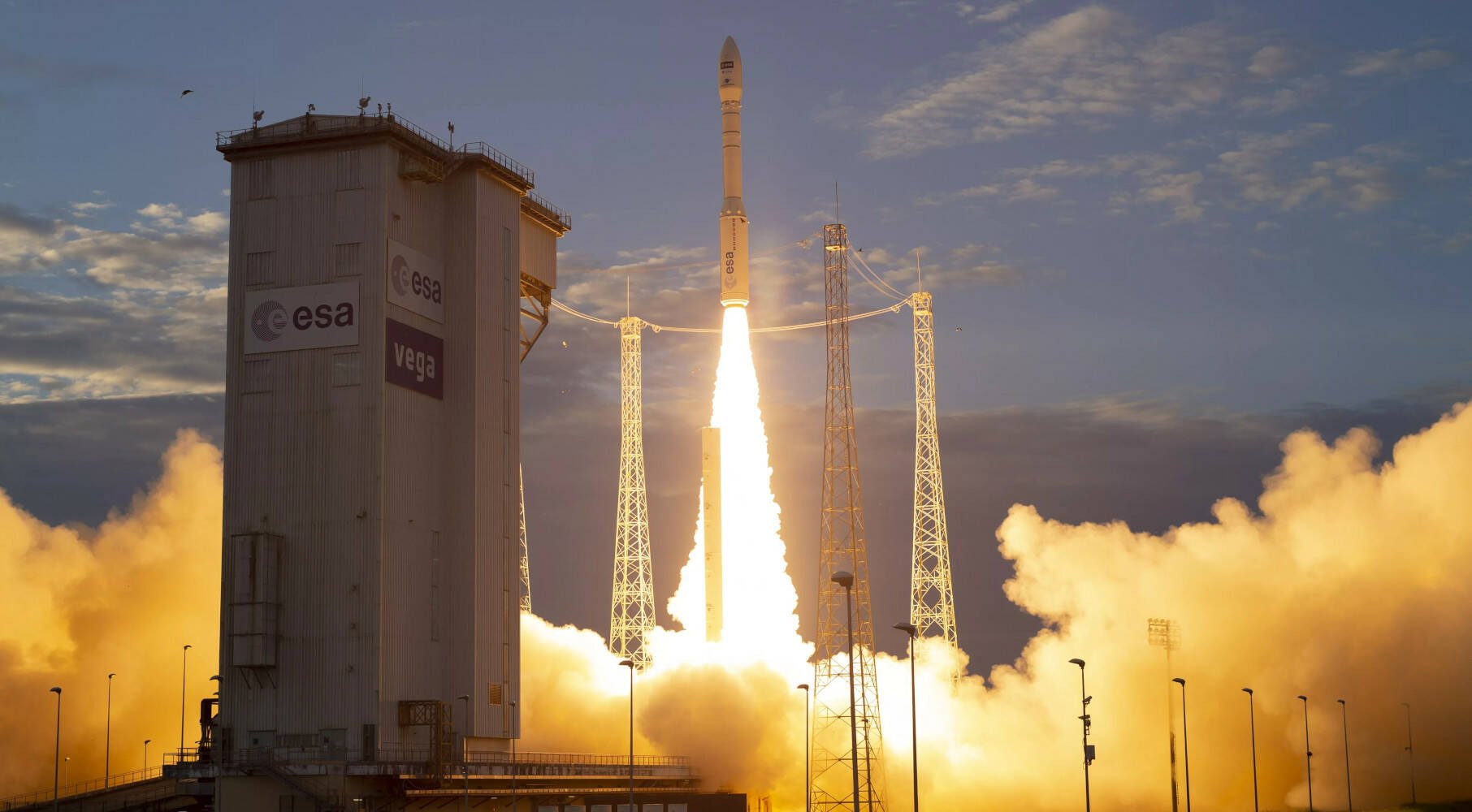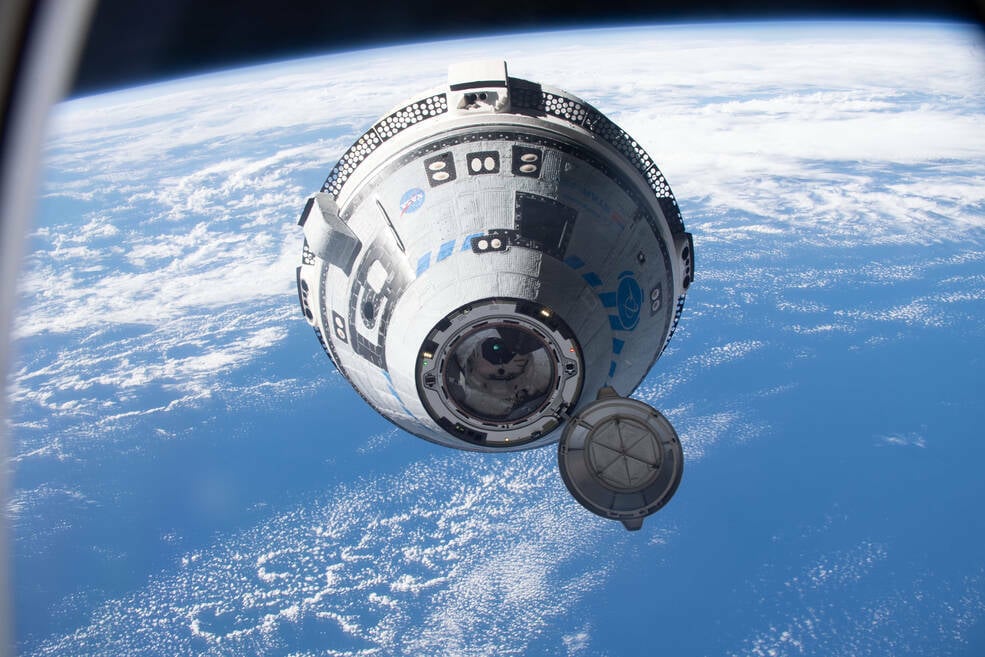The final Vega rocket launch is being delayed to September 2024 as engineers wrestle with the unusual problem of disappearing fuel tanks.
Vega is the only option as far as Arianespace and ESA’s domestic launch capabilities are concerned. Its successor, the Vega-C, is unlikely to return to flight until the end of 2024 following a launch failure in 2022 and a nozzle failure during testing in 2023.
With the Ariane 5 now retired and Russia’s Soyuz rockets no longer available, the European rocket cupboard looks bare except for a solitary Vega, which is supposed to launch Sentinel-2C, an Earth observation satellite that is part of the Copernicus program.
ESA’s Earth Explorer Aeolus satellite lifts off on a Vega rocket from Europe’s Spaceport in Kourou, French Guiana in 2018 … Credit: ESA – S. Corvaja. Click to enlarge
However, there are issues with the final Vega rocket. Its upper stage, the Attitude Vernier Upper Module (AVUM), is missing its fuel tanks. Reports noted the problem earlier this year, which was confirmed at yesterday’s ESA Council in Paris.
Four tanks are needed for the AVUM stage, which runs on liquid fuel – unlike the solid propellant used by the rest of the rocket – and two have gone missing, prompting some lurid speculation over theft, which was clarified during the council meeting.
While the meeting did not clarify the fate of the tanks – The Register has asked and will update should a response be forthcoming – it was reported that they were accidentally scrapped and crushed following some building renovation works.
During the Council meeting, Toni Tolker-Nielsen, ESA director of space transportation, explained that two options were available. While manufacturing more units is no longer feasible, four qualification tanks could be used, or engineers could use the tanks from the larger AVUM stage on the Vega-C.
Neither option is ideal. The qualification tanks could support a launch in July 2024, however, the parts are more than a decade old and would require a requalification process – one that could still fail. The preferred option is, therefore, to modify the existing AVUM stage to accommodate the larger tanks from Vega-C’s AVUM, which would result in a launch in September 2024.
It’s all a bit embarrassing, and there is every chance that the Vega-C might return to flight before the final launch of the Vega if the schedule slips.
Tolker-Nielsen also revealed there had been an issue with Ariane 6’s upper stage during a test in December 2023, when an abort was called. However, he did not expect the problem would impact the mid-June to end July 2024 target for the first Ariane 6 launch. ®

Dr. Thomas Hughes is a UK-based scientist and science communicator who makes complex topics accessible to readers. His articles explore breakthroughs in various scientific disciplines, from space exploration to cutting-edge research.








